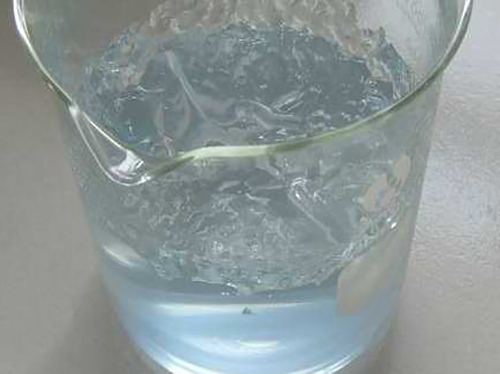coagulant flocculant
Understanding Coagulants and Flocculants Key Components in Water Treatment
Water treatment is an essential process aimed at making water safe for consumption, recreation, and industrial use. Among the various methodologies utilized to purify water, the roles of coagulants and flocculants stand out as critical components in the treatment process. Both substances facilitate the removal of suspended solids, heavy metals, and other contaminants, ultimately improving water quality. This article delves into the definitions, functionalities, applications, and differences between coagulants and flocculants.
What Are Coagulants?
Coagulants are chemical substances that help in the aggregation of colloidal particles in water. Colloids—tiny particles suspended in a fluid—often create turbidity, making the water unclear and potentially harmful. Coagulants destabilize these particles, allowing them to clump together and form larger aggregates called flocs. The most commonly used coagulants include alum (aluminum sulfate), ferric chloride, and polyaluminum chloride. These chemicals work through a process called coagulation, involving the neutralization of the charges on the surfaces of colloidal particles, which typically carry a negative charge, and promoting the formation of larger particles.
The Role of Flocculants
Flocculants, on the other hand, are agents that promote the agglomeration of particles after they have been coagulated. They are usually high molecular weight polymers that enhance the floc formation process by bridging the spaces between the particles. Common flocculants include polyacrylamides, natural gums, and starches. The addition of flocculants increases the size and density of the flocs, making them easier to settle out of the water or to be removed through filtration or other separation processes.
The Coagulation-Flocculation Process
The process of coagulation and flocculation is typically implemented in several stages
1. Coagulation Stage After the intake of the raw water, the water typically goes through a coagulant addition phase. This initiates the formation of smaller aggregates. 2. Mixing Stage Rapid mixing follows coagulation, where the coagulants are thoroughly distributed throughout the water. This stage ensures that the coagulants interact efficiently with the particles in suspension.
coagulant flocculant

3. Flocculation Stage Gentle mixing introduces flocculants into the water. This phase allows the newly formed particles to grow larger as they are aggregated by the flocculants.
4. Clarification Stage The water is then allowed to sit in a sedimentation basin, where the heavier flocs settle to the bottom, separating them from the cleaner water.
5. Filtration Stage Lastly, the clarified water is filtered to remove any remaining suspended particles before it is disinfected and made available for use.
Applications of Coagulants and Flocculants
The applications of coagulants and flocculants span various industries and environmental functions. In municipal water treatment, they are crucial for removing turbidity and ensuring safe drinking water. In the industrial sector, these agents are used in wastewater treatment, aiding in the efficient removal of pollutants before discharge. In mining and paper manufacturing, they help in the recovery of valuable materials and in controlling the discharge of effluents, respectively.
Key Differences
While the terms coagulants and flocculants are often used interchangeably, their functions are distinctly different. Coagulants act primarily to destabilize and aggregate fine particles into visible clumps, while flocculants serve to enhance and stabilize the floc formation process. Coagulants typically require rapid mixing to work effectively, while the action of flocculants is more efficient with slower mixing conditions.
Conclusion
In summary, coagulants and flocculants are integral to the effective treatment of water. Understanding their respective roles and functionalities can help water treatment professionals optimize their use, ensuring cleaner, safer water for consumption and environmental discharge. The interplay between these two components forms the backbone of many successful water treatment processes, illustrating the importance of chemistry in addressing global water quality challenges. As advancements continue in water treatment technologies, the role of coagulants and flocculants will undoubtedly evolve, paving the way for more efficient and sustainable water management techniques.
-
Pbtc Scale InhibitorPBTC: A Scale Protector for Industrial Water TreatmentNewsAug.05,2025
-
Organic Phosphonate: An Efficient Defender in the Field of Scale InhibitionNewsAug.05,2025
-
Hydrolyzed Polymaleic Anhydride: Green Pioneer in Scale Inhibition FieldNewsAug.05,2025
-
PAPEMP Polyamino Polyether Methylene Phosphonic Acid For SaleNewsAug.05,2025
-
Flocculant Water Treatment: A Pioneer in Purification in the Field of Water TreatmentNewsAug.05,2025
-
Benzyl Isothiazolinone: An Efficient and Broad-Spectrum Antibacterial Protective GuardNewsAug.05,2025





